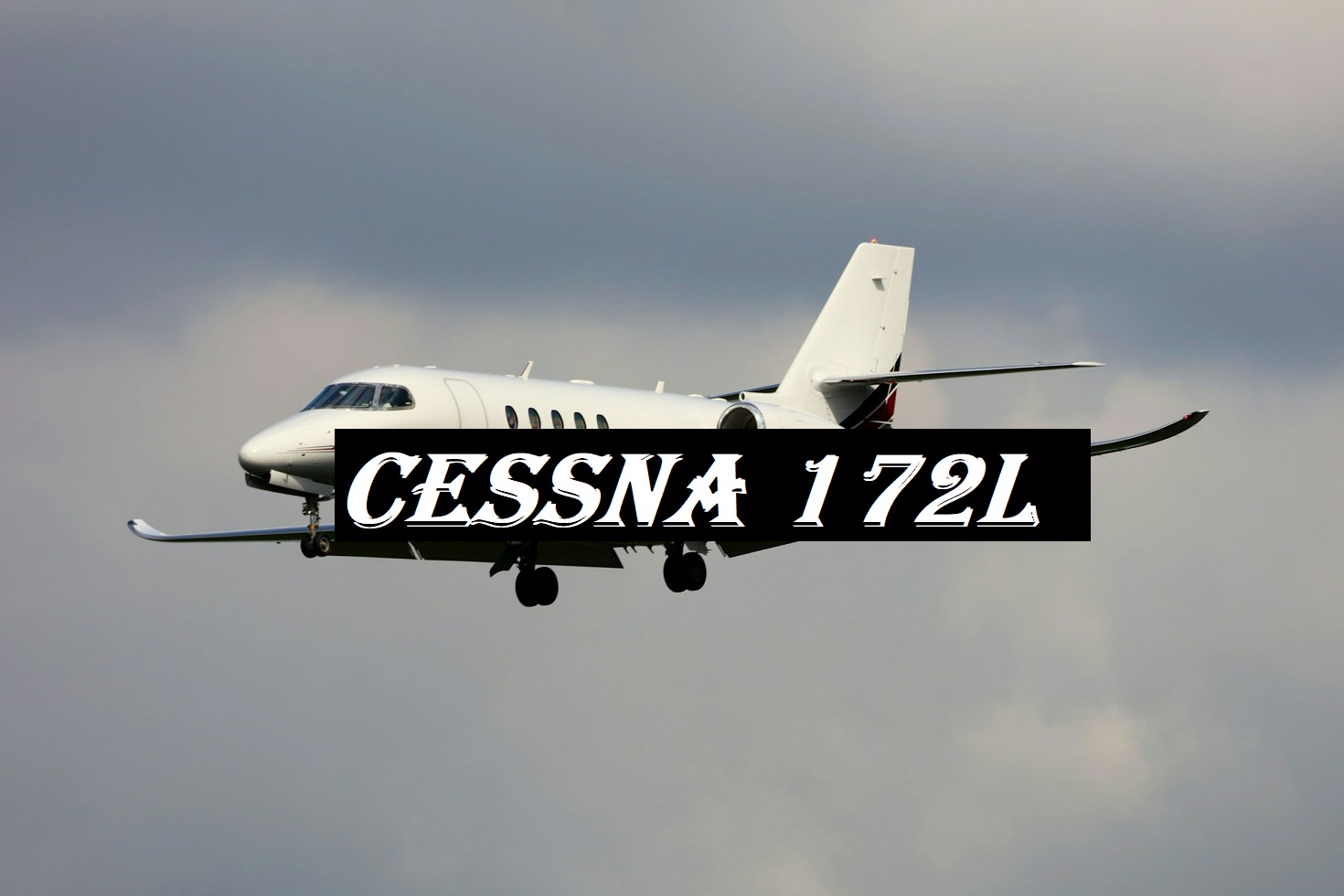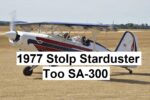The Cessna 172L is an iconic member of the popular Cessna 172 Skyhawk family, known for its versatility and dependability. Introduced in the late 1960s, this model has become a beloved choice for training, leisure flying, and private ownership. With its high-wing design and robust build, the Cessna 172L stands out as a reliable and efficient aircraft.
One of the key attributes that make the Cessna 172L unique is its simplified, user-friendly handling. This makes it an excellent choice for pilots of varying experience levels, from beginners to seasoned aviators. The aircraft’s stability and responsive controls contribute to an enjoyable flying experience.
Whether you are learning to fly or simply exploring the skies for pleasure, the Cessna 172L offers an appealing balance of performance and comfort. Its longstanding reputation for safety and reliability continues to make it a favorite in the aviation community.
A Brief History of the Cessna 172L
The Cessna 172 series was first introduced in 1956 and quickly gained popularity for its solid design and dependability. The Cessna 172L, specifically, was produced from 1971 to 1972 and marked a pivotal era in the model’s evolution. The ‘L’ variant followed its predecessor, the 172K, and incorporated significant updates to enhance its performance and user experience.
Notably, the Cessna 172L featured modifications such as a wider rudder and an enhanced braking system, which improved its handling characteristics. These updates were crucial for addressing the needs of both training schools and private owners who desired improved maneuverability and safety.
The history of the Cessna 172L is intertwined with the broader legacy of the Cessna 172 series, which has seen continual advancements over the decades. The 172L’s contribution to this legacy is significant, representing a model that bridged the gap between older versions and future improvements.
Specifications of the Cessna 172L
The Cessna 172L boasts a range of specifications that make it a standout choice in the single-engine aircraft category. It is equipped with a reliable Lycoming O-320-E2D engine, capable of producing 150 horsepower. This powerplant allows the aircraft to achieve a cruising speed of approximately 122 knots (140 mph).
The maximum takeoff weight for the Cessna 172L is around 2,300 pounds, providing ample capacity for pilot, passengers, and cargo. With a wingspan of 36 feet and a length of 27 feet, it maintains an optimal balance between aerodynamic performance and ease of handling.
One of the notable aspects of the Cessna 172L is its fuel capacity, holding up to 42 gallons. This feature, combined with its fuel efficiency, offers pilots extended range and reduced operating costs. These specifications make it an appealing choice for flight schools, private owners, and hobbyist pilots.
Features and Advantages of the Cessna 172L
The Cessna 172L is praised for several standout features and advantages, including:
- Ease of Maintenance: Its straightforward mechanical design ensures minimal downtime and manageable upkeep.
- Flight Training Compatibility: The forgiving nature of its controls makes it ideal for flight training.
- High Safety Standards: Known for its robust build and stable flight characteristics.
- Spacious Cabin: Offers comfort for both pilot and passengers, enhancing the overall flying experience.
- Reliable Engine Performance: The Lycoming O-320 engine is trusted for its consistent and dependable power output.
These features collectively highlight why the Cessna 172L remains a popular model in the aviation world. Its blend of safety, reliability, and efficiency makes it a strong contender for various flying needs.
Why Pilots Love the Cessna 172L
The Cessna 172L’s appeal to pilots can be attributed to its well-rounded performance and user-friendly design. New pilots often appreciate the Cessna 172L for its predictable handling and stability in flight. The aircraft’s forgiving nature allows students to build confidence while mastering fundamental piloting skills.
For more experienced aviators, the Cessna 172L offers a nostalgic flying experience reminiscent of earlier days of aviation, when simplicity and reliability were paramount. The straightforward cockpit layout and intuitive controls mean that pilots can focus more on the art of flying and less on managing complex systems.
Moreover, the Cessna 172L’s affordability compared to newer aircraft makes it an attractive option for those looking to own a piece of aviation history without breaking the bank. Its continued use in flight training schools is a testament to its enduring legacy.
How the Cessna 172L Compares to Other Models
When compared to other aircraft in the Cessna 172 lineup, the Cessna 172L offers a unique combination of vintage charm and practical functionality. Unlike the later 172M and 172N models, which introduced more complex avionics and structural changes, the 172L maintains a simpler approach that many pilots appreciate.
While newer models may come equipped with advanced avionics suites and higher-powered engines, the Cessna 172L holds its ground with its reliable performance and lower maintenance costs. For those who prefer traditional flying experiences without an overwhelming amount of technology, the 172L is an appealing choice.
In comparison to other single-engine aircraft of its era, the Cessna 172L’s durability and ease of use give it an edge. It strikes an ideal balance between innovation and simplicity, making it a favored option for those who value a classic yet functional airplane.
FAQs About the Cessna 172L
Q1: What makes the Cessna 172L different from other Cessna 172 models?
A: The Cessna 172L is known for its wider rudder and improved braking system, enhancing its handling compared to earlier models.
Q2: How much does a Cessna 172L typically cost?
A: Prices can vary, but a used Cessna 172L generally ranges from $60,000 to $100,000, depending on condition and modifications.
Q3: Is the Cessna 172L good for flight training?
A: Yes, the 172L is highly regarded in flight training due to its stability, easy handling, and reliability.
Q4: What is the fuel capacity of the Cessna 172L?
A: The fuel capacity is 42 gallons, which offers a good range for most training and leisure flights.
Q5: When was the Cessna 172L produced?
A: The Cessna 172L was produced from 1971 to 1972.













